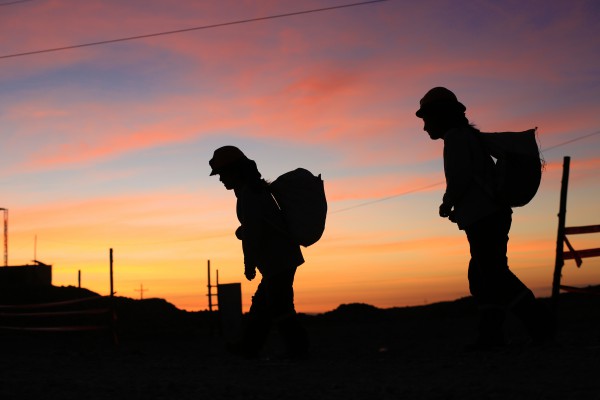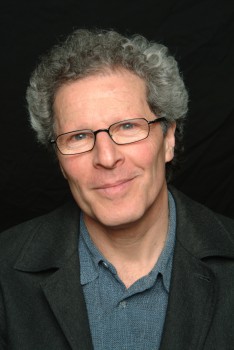Producers dig deep to bring Shadow of Gold to life
Kensington Communications' Robert Lang breaks down the complexities of bringing the France/Canada coproduction about the mining industry to screen.
 Criticizing the global mining industry is no small feat, especially for an indie producer out of Canada. But Kensington Communications founder Robert Lang (pictured right) aims to do just that with The Shadow of Gold.
Criticizing the global mining industry is no small feat, especially for an indie producer out of Canada. But Kensington Communications founder Robert Lang (pictured right) aims to do just that with The Shadow of Gold.
The feature-length doc is the last in a trilogy of films that tackle major global commodities, all produced by Toronto’s Kensington Communications. The first two films, Diamond Road (2007) and Raw Opium (2010), took on the diamond and opium industries, respectively, while The Shadow of Gold portrays the darker side of the precious metals industry. Shot in North America, the U.K., United Arab Emirates, Asia, Africa and South America, the film explores the effects of the globalized mining industry, including its environmental impact in all scales, from multinational corporations to micro-scale operations.
Lang told Playback Daily the international scope of the project, coupled with the depth of research required, made the financing process long and challenging. Even with the support of the CMF, three Canadian broadcasters – TVO, Quebec’s Canal D and B.C.’s Knowledge Network – and Swedish broadcaster SVT, Lang realized a coproduction partner would be required to get the budget to where it needed to be.
That’s when he reached out to producer Sally Blake of France’s Films à Cinq to coproduce the film. The Canadian expat is a friend of Lang’s and a lead producer at the French indie prodco.
 Working through cultural differences and separate time zones, Lang says the prodcos gelled quickly, with Blake’s company bringing French and Germany broadcaster ARTE on board. The additional investment, which included editing and post-production funds, helped push the overall budget to around $1.4 million. In the end Kensington brought in 60% of the budget with the remainder coming from their French partner.
Working through cultural differences and separate time zones, Lang says the prodcos gelled quickly, with Blake’s company bringing French and Germany broadcaster ARTE on board. The additional investment, which included editing and post-production funds, helped push the overall budget to around $1.4 million. In the end Kensington brought in 60% of the budget with the remainder coming from their French partner.
Lang adds that France has proved a solid production partner because of the similarities in government support for indie films, citing France’s CNC (Centre national du cinéma et de l’image animée) as one of the funding sources.
It took three years to complete the film, from research and development to the final touches in post, according to Lang.
To help promote the documentary the team has several screenings planned in Canada, including Ottawa, Vancouver, Calgary, Montreal and Halifax, with the world premiere scheduled for Feb. 22 at the Hot Docs Ted Rogers Cinema in Toronto. The film will have its broadcast premiere as a two-part TV series on March 13 at 9 p.m. on TVO.
The screenings, except for Calgary, will include a post-film panel and Q&A. “They’re an interesting variety of perspectives,” says Lang, who will be attending the panels. “That’s what we’re trying to do, not just have an anti-mining perspective.”
Panelists in Toronto include John Cutfeet, a Yellowhead Institute research fellow from the Kitchenuhmaykoosib Inninuwug First Nation, Kesha Frank, head of production at Fair Trade Jewellery, Jamie Kneen, co-founder and communications director of MiningWatch Canada, Joanne Lebert, executive director of IMPACT and Kevin Telmer, executive director of Artisanal Gold Council.
Lang expects some pushback from the mining industry, which is used to “controlling the message.” In the end, he says, the film is meant to get a conversation going about the human and environmental cost of the industry and ways to make it better, since the economic stakes are too high for governments to intervene without demand from constituents. “The film is out there to push for change,” he says.

 The definitive CDN broadcast and production resource.
The definitive CDN broadcast and production resource.










